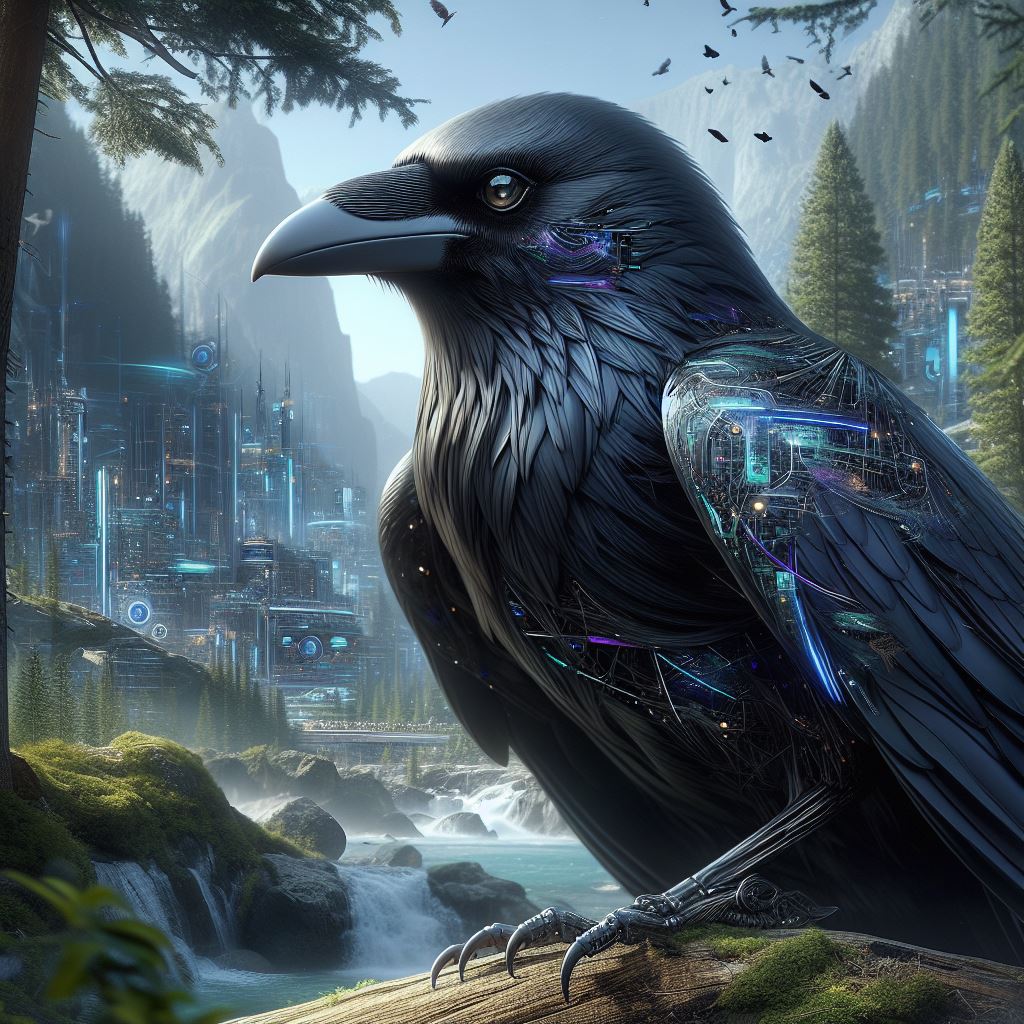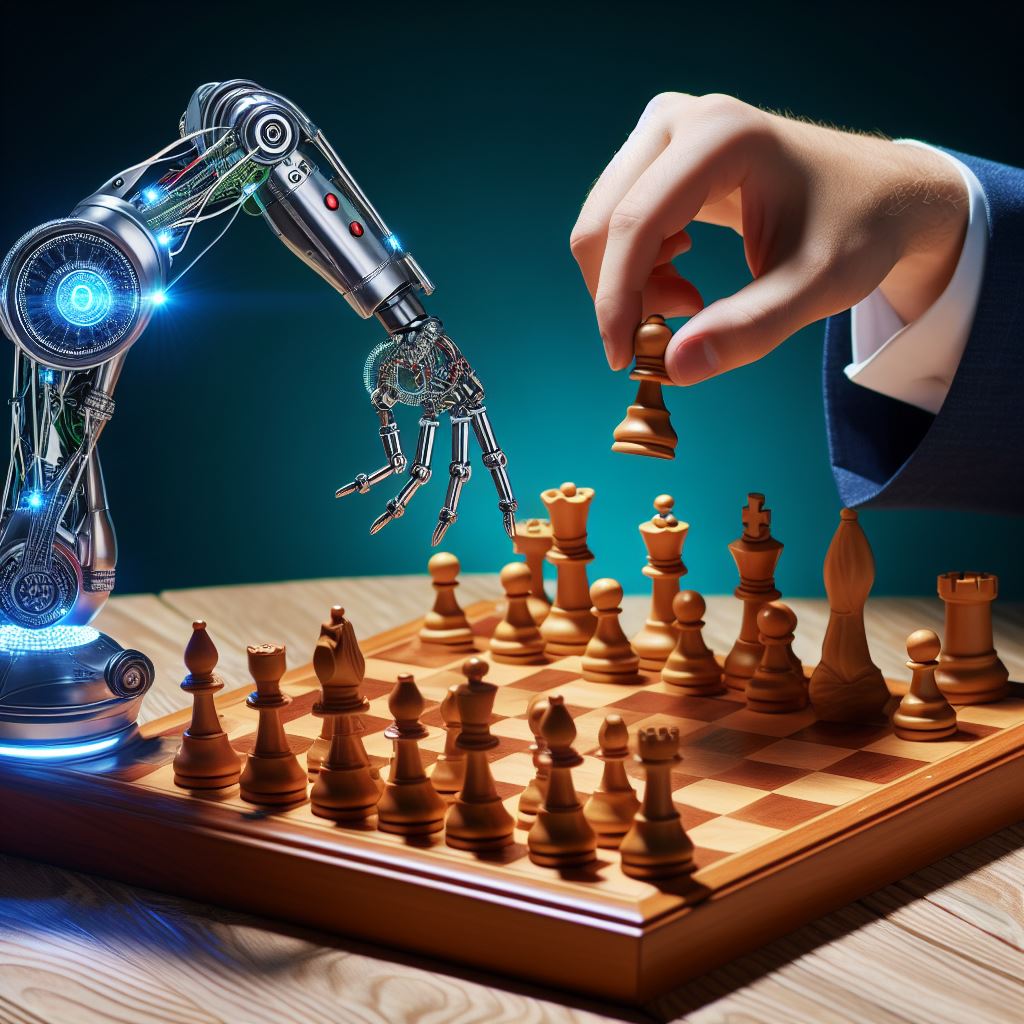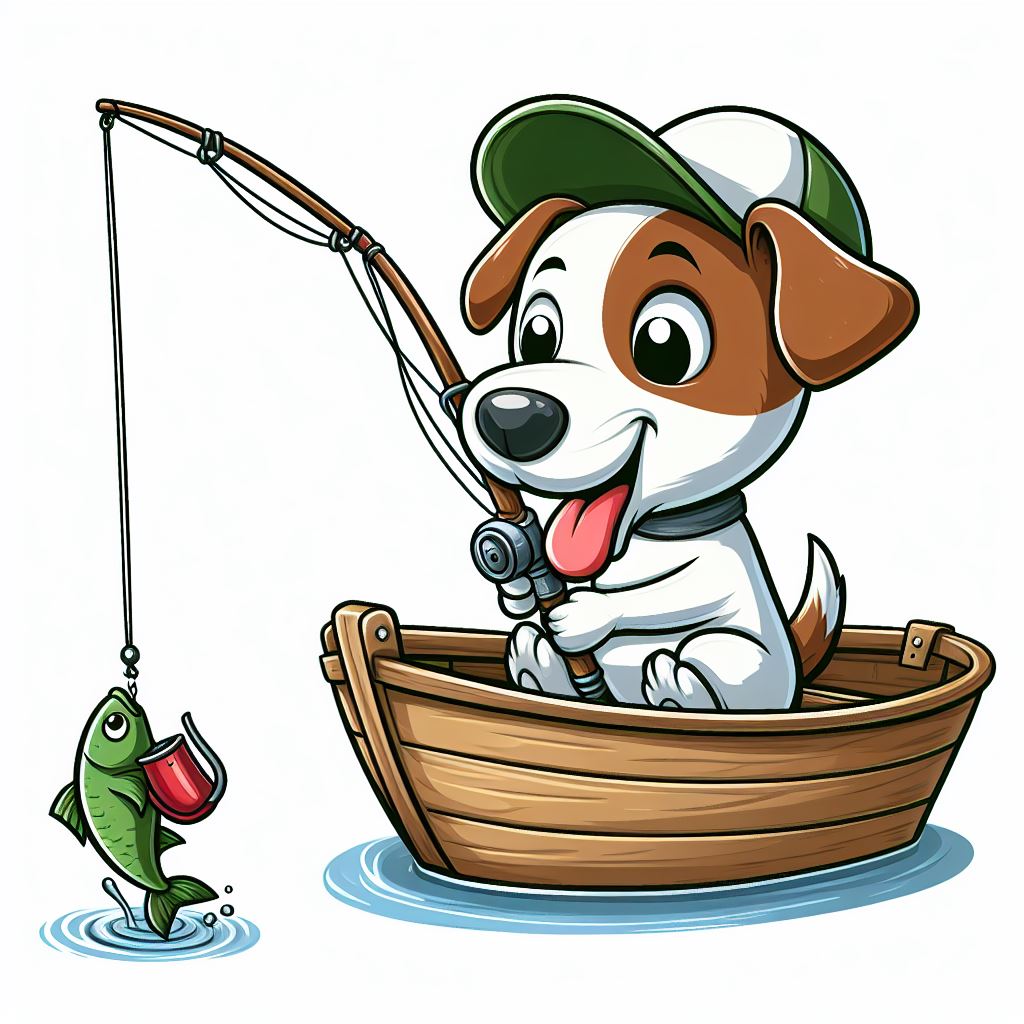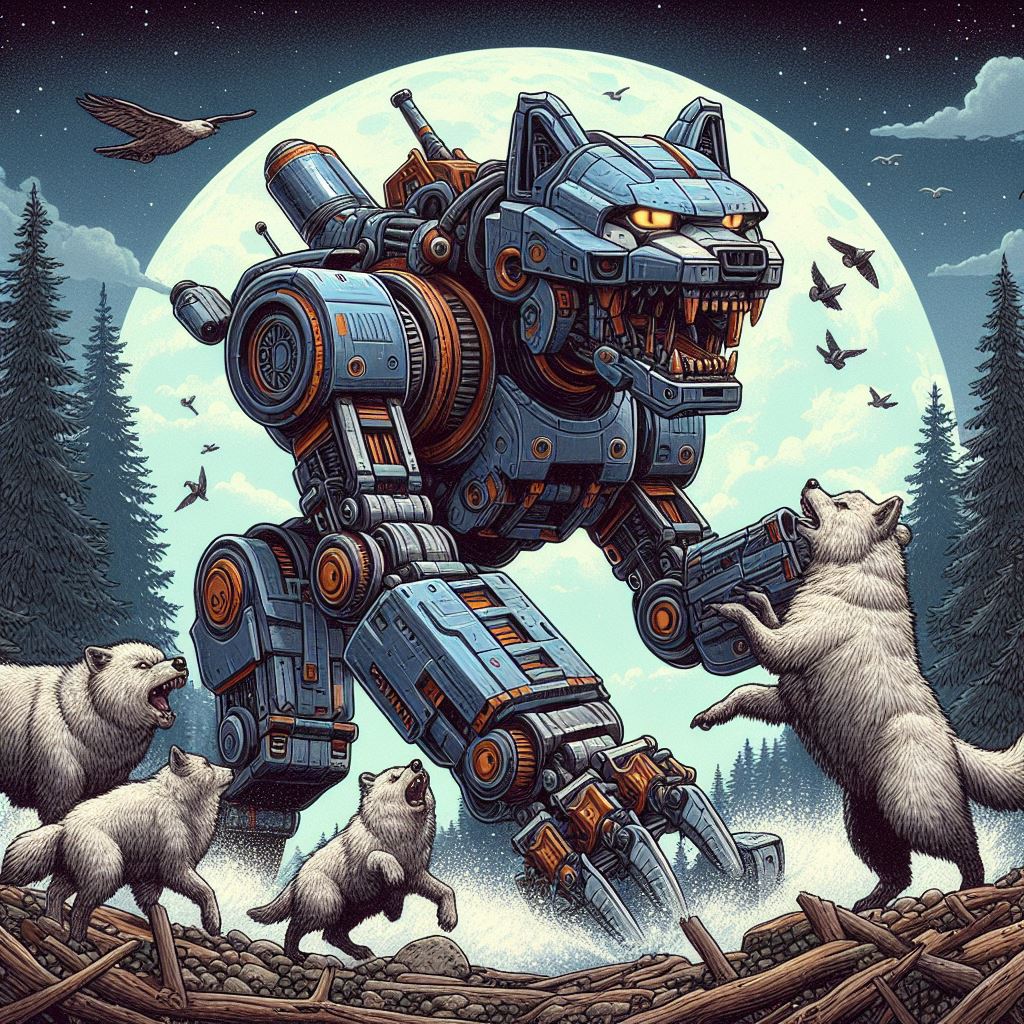Blogs > With Great Power comes Great Responsibility — the Modern AI Dilemma
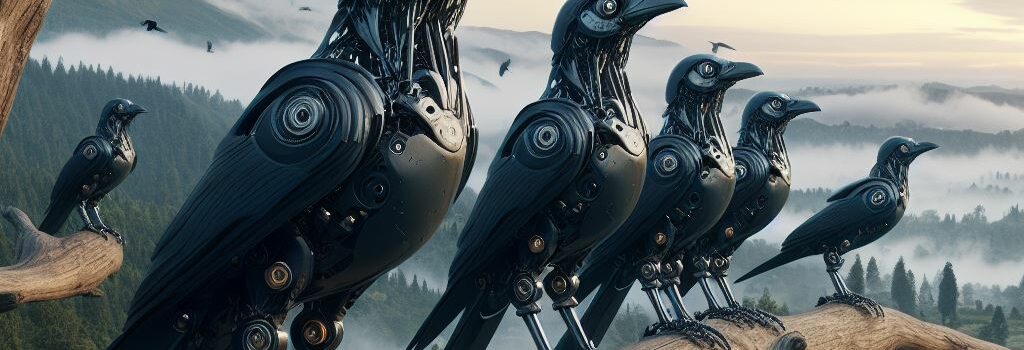
With Great Power comes Great Responsibility — the Modern AI Dilemma
January 10, 2024 Andrew Procyk
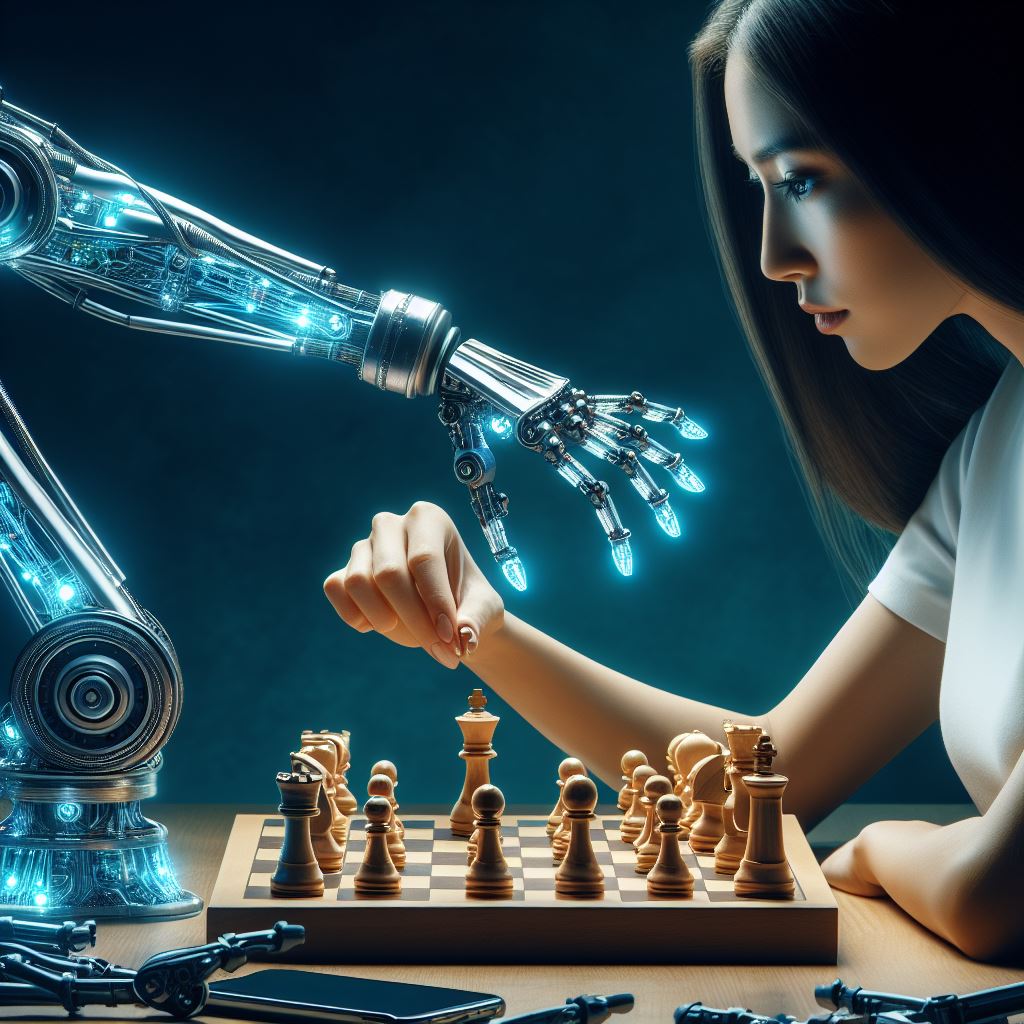
In this age of rapid technological advancement, we have seen artificial intelligence (AI) work itself into various aspects of our lives. Marketers find themselves having to evolve faster than ever and embrace AI in multiple facets of their industry. The question is, when it comes to AI being able to produce user-generated content (UGC) including images and video through AI systems like ChatGPT; what is ethical or not? Potential customers often ask themselves if the content they are consuming is even real and organic anymore. There’s no denying the speed and efficiency of AI when it comes to UGC, but does it come with negative aspects in quality and effectiveness for the target market? Let’s explore the advantages and limitations of various AI systems when it comes to user-generated content.
User-Generated Content (UGC)
AI has catalyzed a revolution in user-generated content (UGC), altering how individuals create and interact with digital material. AI can now be used to enhance images or even generate them from simple prompts. Social media platforms and big tech already employ AI to curate newsfeeds, predict user preferences, and even assist in content creation through automated tools and personal filters. This allows novices and experts alike to produce engaging content that looks studio caliber. Free-to-use AI systems like ChatGPT allow creators to produce long-form messages and even write papers without having to do the research and work.
AI can now write and pass the Turing test* although that doesn’t necessarily mean that the content that is created is appealing to the intended audience. 85% of consumers would rather see content from real customers over influencers or AI written because it is more authentic. Humans are organic creatures and there is something special about content that is created from someone’s mind rather than a computer algorithm. While it appears that AI is creating original content from an original thought, what it actually does at present is incorporate different forms of text and images from the internet to generate what is asked of it.
*The Turing Test was developed by Alan Turing in 1950 to test the ability of a machine to exhibit intelligent behavior equivalent to or indistinguishable from that of a human.
AI usage in Sweepstakes and Contest

I cannot talk about AI’s impact on content creation without talking about RAVEN5’s bread and butter,
Sweepstakes and Contest Marketing. With UGC campaigns entrants are typically asked to create some form of photo or video to enter. Whether it’s creating a unique pasta recipe and snapping a photo or filming a video of your unique dance routine.
Of course, with many campaigns that have a requirement to entry, there is always a legal obligation of an alternate method of entry (AMOE). This means that an entrant who couldn’t complete the required task to enter or simply chose not to would have an equal opportunity to still enter. Typically, this means a handwritten submission that is physically mailed in. However, at RAVEN5 we’ve started to notice that some entrants that make use of an AMOE (alternate method of entry) have started using AI software to write their “handwritten” entries.
AI ironically enough can help detect fake entries and bot driven participants to remove questionable applicants due to fraud. The question is whether this is an ethical practice and makes it fair for all parties involved with Google after all allowing AI written content to rank nowadays on their search pages.
On the creator end, AI algorithms can be used to manage and optimize the selection process to help ensure fairness and remove human biases. Chatbots can also be used to give real-time feedback and help for contestants that might be struggling with the sign-up process and improve the overall experience. The sweepstakes and contest processes are streamlined by multiple AI driven programs that help with everything from campaign management, winner selection, criteria, and analytics leading to better efficiency. In the not-so-distant future don’t be surprised if AI will advance to the point that whole campaigns from top to bottom will be AI generated.
Cost-Effective and Time-Saving
With the integration of AI into user-generated content you will see costs and time being dramatically reduced. In a lot of design competitions, you will see first-hand how AI tools have transformed how graphic designers work. When used correctly this software can help creators try out new ideas and free up extra time to be more creative. AI now can be used to increase productivity and efficiency in large and small businesses alike, but does it come with a price? Often AI will create content extremely fast but won’t always be high quality or insightful. Often a human will have to edit the work and make sure all the checks and balances are in order before sharing it with the end user. The challenge remains to determine the limit of use to not fall for the trap of being too reliant on AI.
Machine Learning
With the rise of AI comes a swath of new technical buzzwords being thrown around. Machine learning is the name that is often interchangeable with AI but is in fact a subfield of artificial intelligence. The simplest example of this in marketing is the Netflix’s ability to personally target customers with movies and TV shows they may enjoy due to their previous viewing history as well as Liked (👍) or Loved (👍👍). Customers are teaching Netflix to show them what piques their interest. Another example is Amazon and its targeted product recommendations. I have had the experience of logging onto Amazon and it is having a recommendation of an ugly Toronto Maple Leaf Christmas sweater that was already sitting in my closet that I bought from a department store. This is a very common story in 2024 with machine-learned programs that can predict future customer purchases.
The ability of machine learning to get to know the target market sometimes better than they know themselves has changed how marketers communicate with individuals on a more personal level. The search prompts help customers get to what they are looking for faster but may deter others from shopping due to them feeling like their privacy has been invaded. As AI continues to grow exponentially, companies and developers need to ask themselves if it’s ethically and morally alright.
RAVEN5’s own AI “Corvus”
Corvus at RAVEN5 represents the merging of AI and creativity in marketing strategies. This innovative platform uses algorithms to optimize workflow, help analyze consumer behavior, and create strong brand recognition. Corvus enables marketers to customize campaigns for their clients to ensure a streamlined process that increases productivity while not sacrificing the organic creativity of the team. Corvus allows RAVEN5’s marketing team to perform at their full potential ensuring future success and market growth.
What’s Real Anymore? The Need for Authenticity
As AI rapidly becomes part of our daily lives, especially in content creation, machine learning, and marketing, it prompts essential ethical questions. While AI tools offer efficiency, their use raises concerns about authenticity in content and sometimes even invasion of privacy in some experiences. Overuse and heavy reliance on AI can lead to a lack of ability for content designers to showcase their creativity and work. AI-driven content creation, like user-generated content, brings speed and cost savings but often sacrifices genuine insight and quality. Machine learning’s predictive abilities enhance personalization but tread a fine line between convenience and respecting privacy.
Many will say that using AI calls for ethical guidelines, transparent data use, and mindful decisions. But from what I have seen in my research I believe the genie is out of the bottle, good luck putting it back in. Programs like Corvus allow RAVEN5 to harness AI’s power without compromising authenticity or privacy. Developers and businesses alike hold the responsibility to navigate AI’s advancements while upholding ethical standards. AI’s evolution is unstoppable, but ethical considerations should always guide its responsible use as we venture into unprecedented times in 2024.
All images on this blog and in this gallery were custom generated from prompts on Microsoft Bing via DALL-E 3 in real-time.
Andrew Procyk, RAVEN5, January 2024
View All





